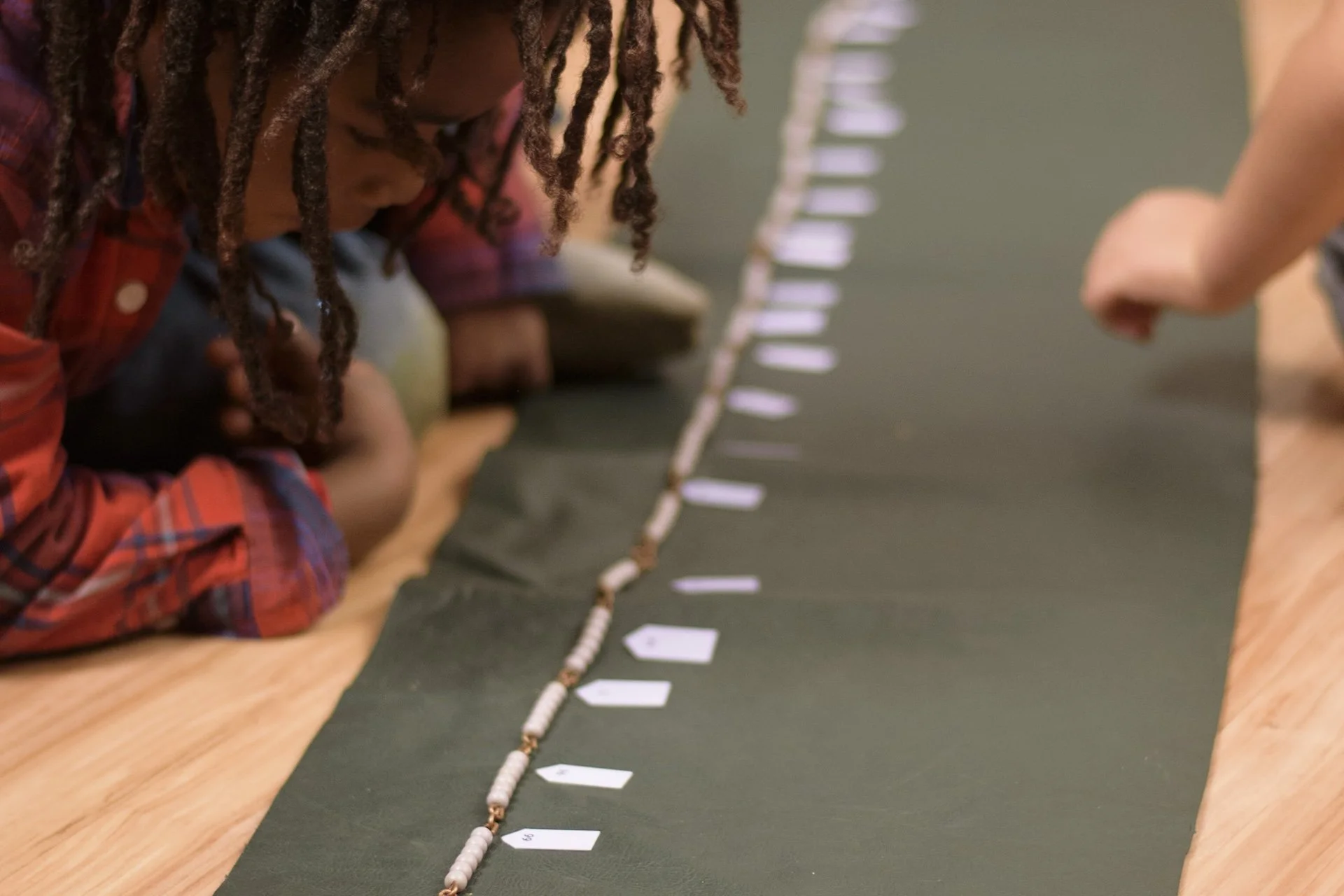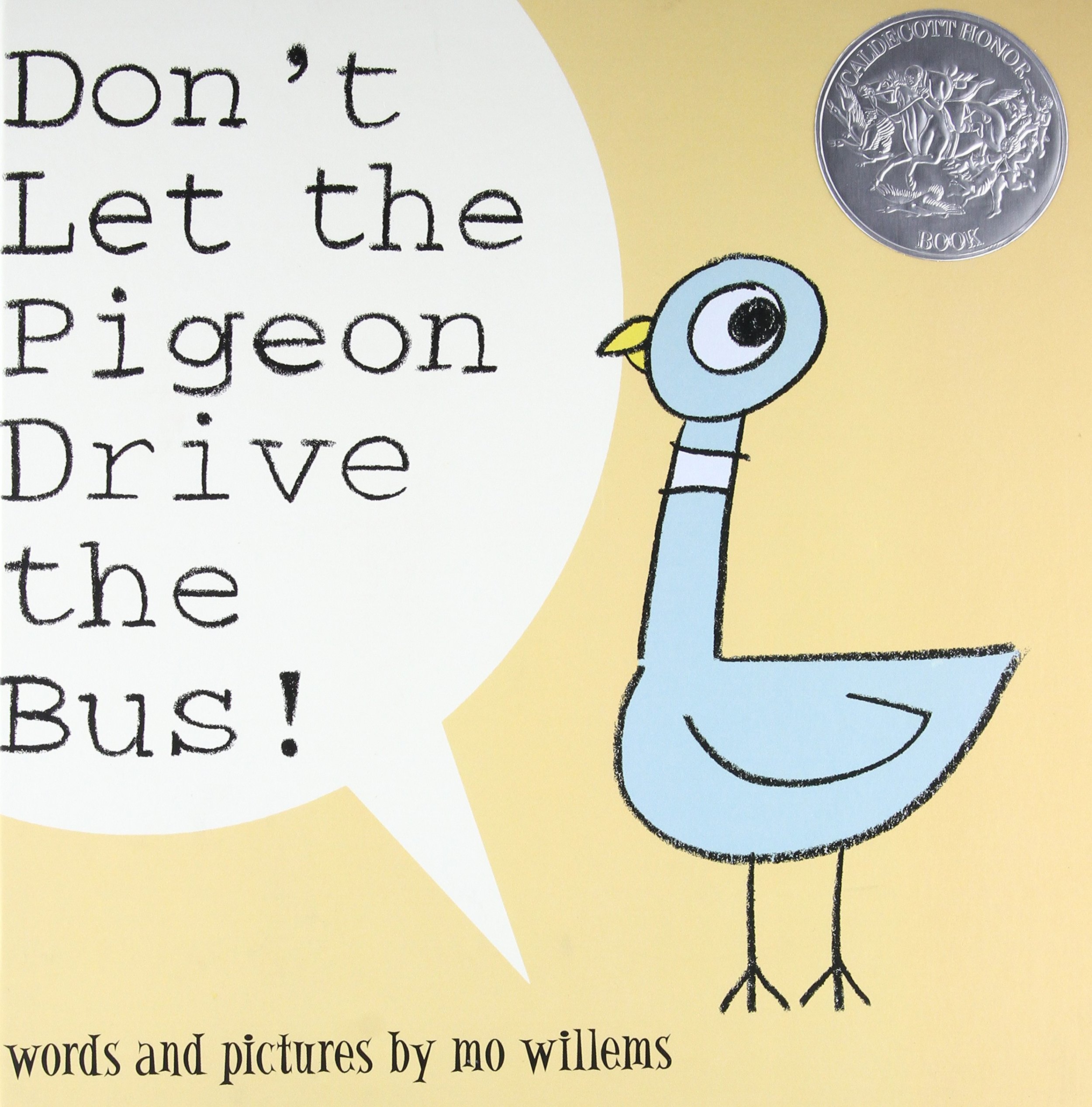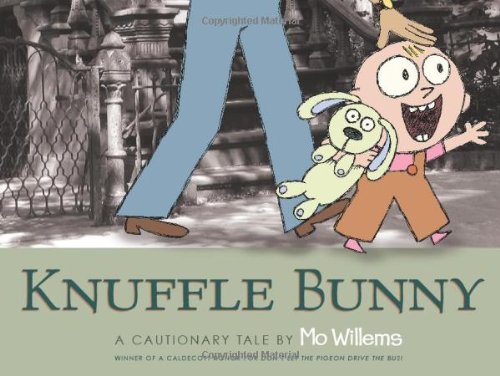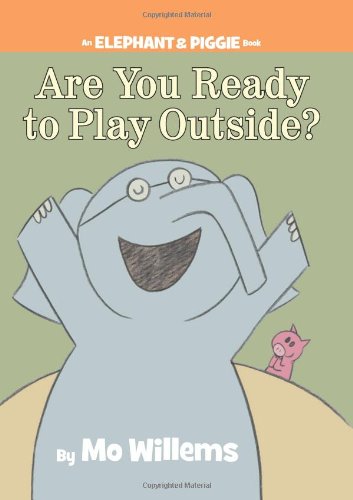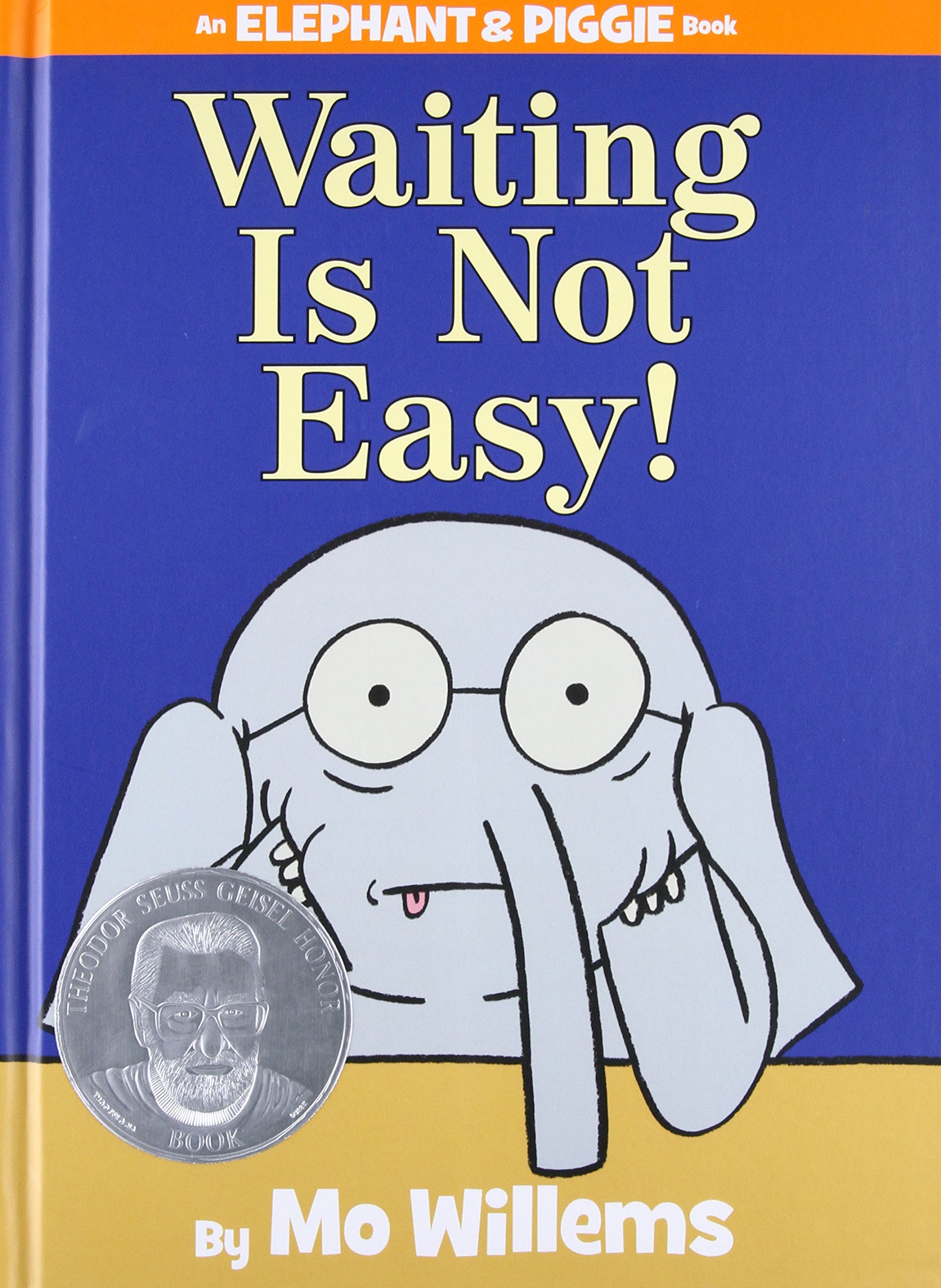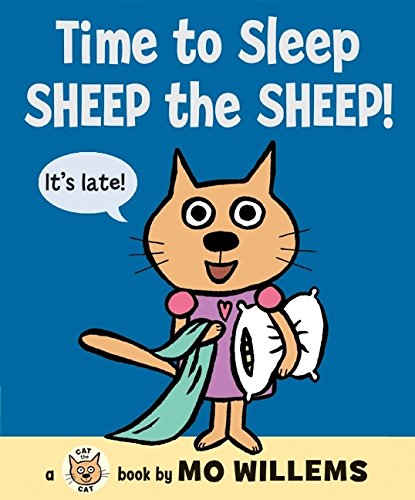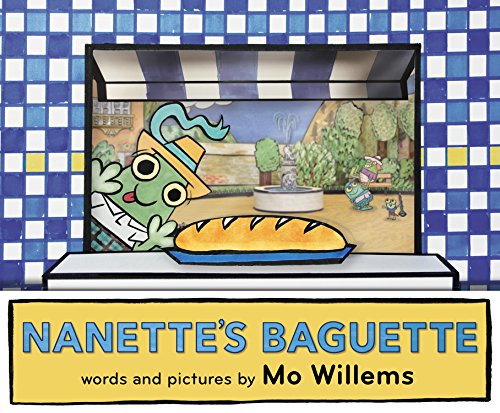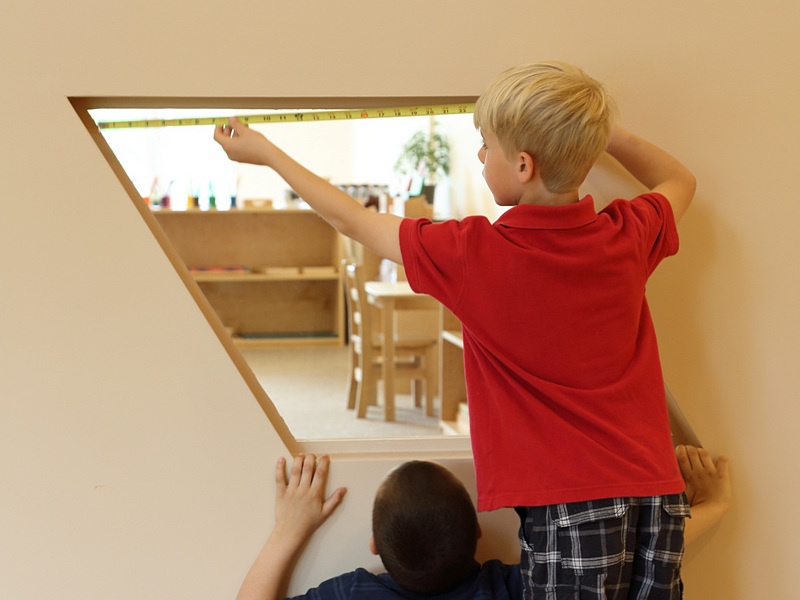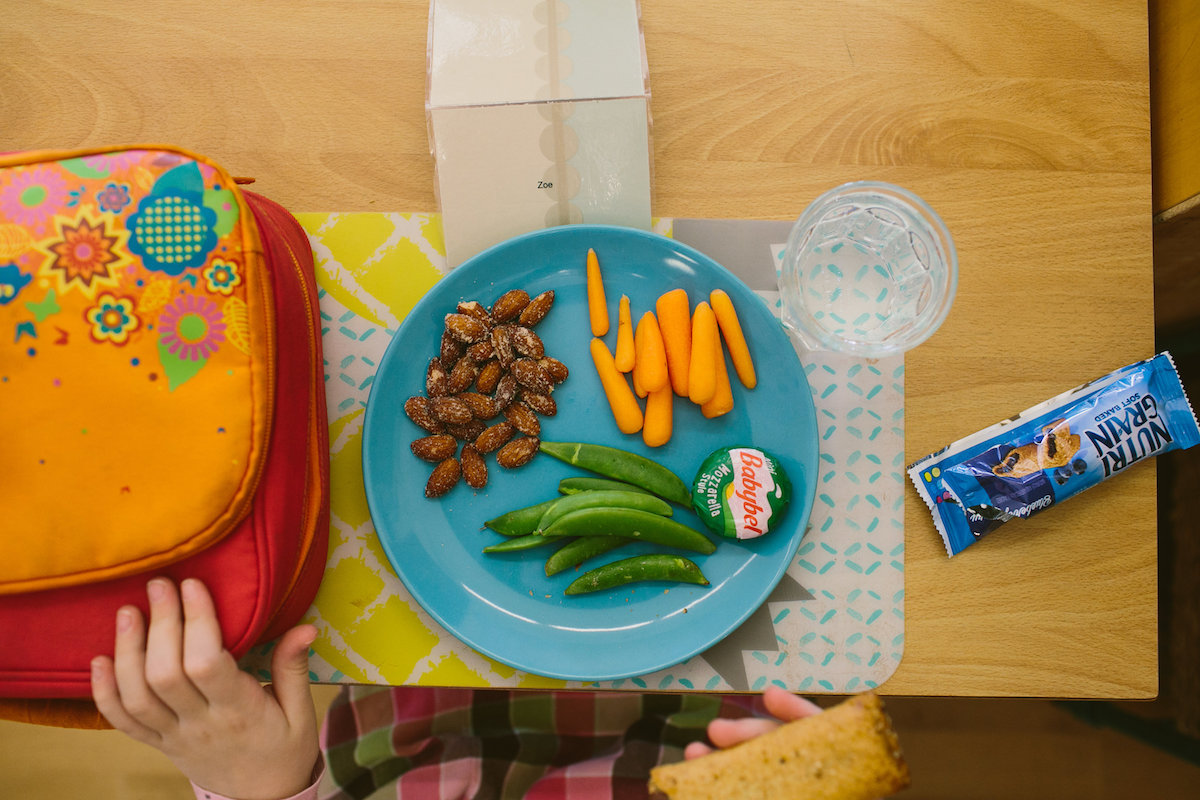Mo Willems: you either already know and love this author, or you know and love this author’s work and just don’t know him by name. Best known for his creation of an ornery but lovable pigeon, Willems has written far too many books for us to list all of them individually here. So, if you and your family are looking for a new author/illustrator to love, look no further! Click on the book images to go to that book’s page on Amazon.
The Pigeon Series
It’s rare to meet a parent who is not familiar with this character, but if you’re not, you’re in luck! Pigeon (like many children) has strong feelings about what he wants to do in life. He also has a keen sense of fairness, and often thinks life isn’t fair for him. Children relate joyfully to this small blue bird who just wants to experience the world on his own terms but is often told he cannot. There are nine books in this series, but we will highlight a couple of our favorites here:
Don’t Let the Pigeon Drive the Bus! by Mo Willems
After a bus driver parks and needs to step away for a few minutes, our friend the pigeon begs the reader to let him drive. He pleads, bargains, and tries every strategy he can think of to sway our minds (obviously without any luck).
The Duckling Gets a Cookie!? by Mo Willems
Sweet, charming Duckling is given a cookie as a treat. Pigeon, of course, is exceedingly jealous and is quite vocal in expressing his feelings. Duckling patiently lets Pigeon speak, and near the end of the story offers to give the cookie to Pigeon (though not for the reason you might think!).
The Knuffle Bunny Series
Many children have a stuffed animal that is special to them, and Trixie is no different. The child in the stories is named after Willems’ own daughter, Trixie, who adores her stuffed rabbit: Knuffle Bunny. This three-book series grows along with Trixie, but you might want to start with the first book:
Knuffle Bunny: A Cautionary Tale by Mo Willems
Trixie is a toddler who has not yet started to talk. Waving goodbye to Mom, she and her dad take a walk to the local laundromat. It is here that Trixie’s dad mistakenly tosses Knuffle Bunny, Trixie’s beloved stuffed rabbit, into a washing machine. She doesn’t have the words to tell him what’s wrong, so she expresses her strong feelings like any toddler would: with increasing intensity! The pair arrive home and Mom notices the missing Knuffle Bunny, which sends Trixie and Dad back to the laundromat. The ending is what you might expect, but with a fun twist!
The Elephant and Piggie Series
Piggie and Elephant Gerald are the best of friends. In this 25-book series, the pair dialogue their way through exactly the types of scenarios children are faced with each day. Here are just a few:
Are You Ready to Play Outside? by Mo Willems
Gerald and Piggie have big plans for a day of playing outside. As Piggie imagines all they might do and they go to head out, raindrops begin to fall. Luckily, elephants are good friends who have a knack for making rainy days fun.
Should I Share My Ice Cream? by Mo Willems
While he is alone one hot day, Gerald buys himself an ice cream cone. Just as he is about to take his first bite, he wonders if he should find Piggie to share it with her. This sets off a chain of thoughts in his mind, alternating between generous and self-serving. As with many of Willems’ books, the ending is not what readers might expect!
Waiting is Not Easy! by Mo Willems
Piggie has a special surprise to share with Gerald. Unfortunately, patience is not a characteristic Gerald has fully developed just yet. Piggie is gentle and encouraging as the two wait for time to pass and the surprise to reveal itself.
Cat the Cat Series
These books are perfect for new readers or for babies and toddlers who love being read to. Simple text, simple illustrations, and loveable characters grace the pages of these four books. Here are a couple we enjoy:
Cat the Cat, Who Is That? by Mo Willems
In this introductory book we are introduced to Cat the cat and all her animal friends. Their names are quite predictable as one might imagine, and young children love the patterned text.
Time to Sleep, Sheep the Sheep! by Mo Willems
With minimal text and adorable illustrations, Cat the cat and her friends get ready for bedtime. They smile joyfully as Cat reminds them to get ready, and respond by brushing their teeth, taking a bath, gathering bedding, and so on.
Solo Books
Willems has lots of non-series books as well. While, again, there are far too many to list here, check out these favorites!
Naked Mole Rat Gets Dressed by Mo Willems
In Naked Mole Rat’s world, everyone is naked all the time. Secretly, he adores wearing clothes of all kinds. When the other mole rats discover this, the whole community is faced with change.
Goldilocks and the Three Dinosaurs by Mo Willems
In this ridiculous twist on the classic Goldilocks tale, the dinosaurs are intentionally trying to lure a tasty child into their home. Luckily, this (pluckier version of ) Goldilocks figures out their plan in the nick of time.
That Is NOT a Good Idea! by Mo Willems
A mischievous fox invites an innocent goose to dinner. Written and illustrated in a style similar to an old silent film, our goose heroine proves she’s not nearly as naive as we feared.
Nanette’s Baguette by Mo Willems
If your child loves fresh bread, independence, or words that rhyme with baguette, this one is for them! Nanette’s mother sends her off to the bakery for first time by herself to buy a baguette, but who among us can resist the delectable smell of a freshly baked loaf? (Certainly not Nanette!)
***Special insider’s secret: The Pigeon appears in every single one of Mo Willems’ books. Sometimes you have to look very closely, but it can be quite a fun game for children! Enjoy!
